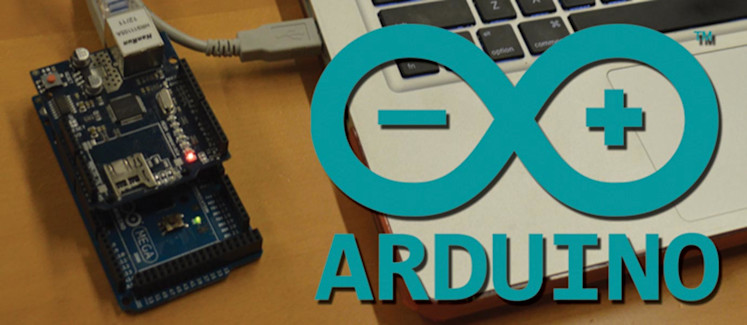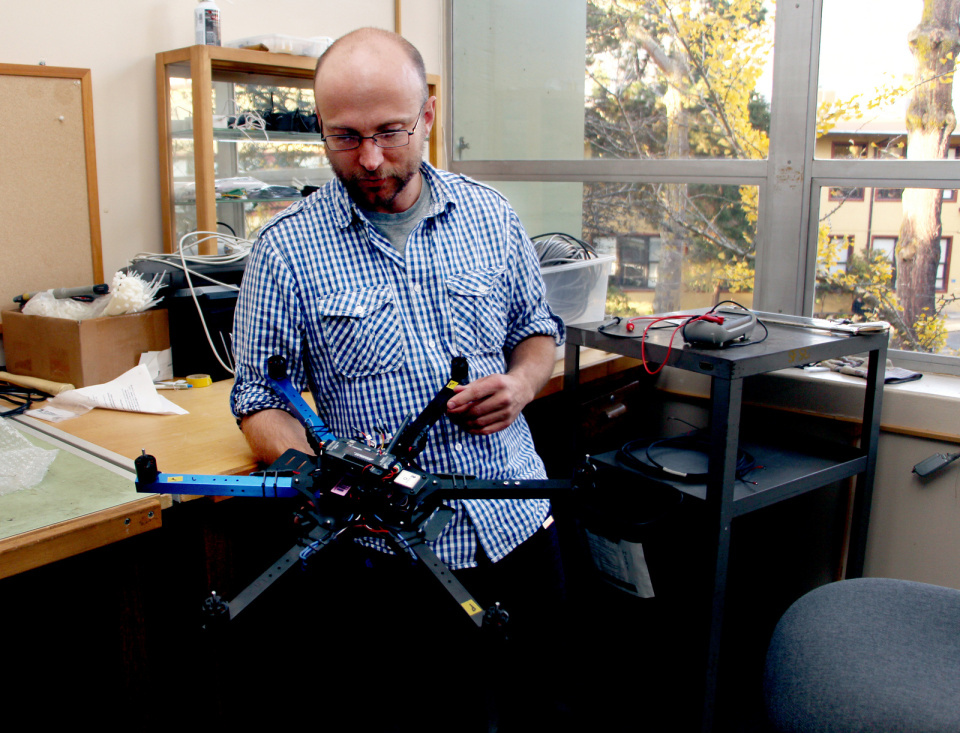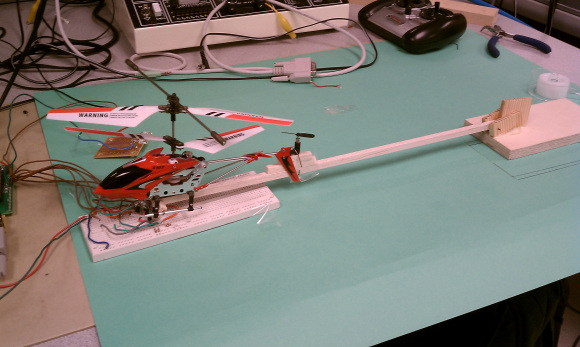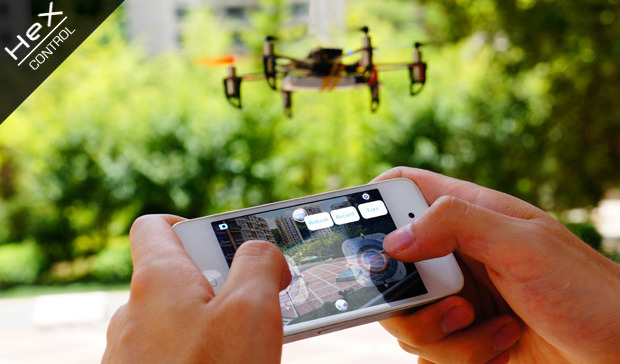DIY Arduino Quadcopter Shows Ease of Arduino Implementation

Analysts at IDTechEx recently reported that the starting point for Unmanned Aerial Vehicles (UAV) is rarely military or law enforcement. Rather, it lies at the other extreme – with DIY hobbyists and Makers.
The reason? Ease of implementation and use. And with the use case of Arduino-controlled quadcopters, DIY Arduino has never been more apparent.
“As the sophisticated sensor systems in mobile phones migrate to hobbyists’ microcontroller boards, such as [Atmel-based] Arduino boards used in their homemade quadcopters, their uses rapidly widen,” an IDTechEx explained.
“Professional quadcopters will also profit from the fact that over one million Arduino boards have been sold in a very short time to quadcopter hobbyists and the designers of wearable technology and Internet of Things (IoT) nodes.”
According to the analyst, equivalent boards sold directly out of China are also getting useful volume headed towards billions each year for IoT, driving down quadcopter costs.
“The last six months has seen many new applications for pure-electric quadcopters. [For example], Amazon proposed delivery of mail by quadcopter, others will use them for aircraft inspection, even indoors and yet others have new agricultural uses,” the analyst continued.

Peter Christian, a geographical information science graduate student, stands with the hexacopter being used to survey California landscapes. The hexacopter is a cheaper and safer way to get photos of California. Photo by Gavin McIntyre / Xpress
“[Meanwhile], easyJet, one of UK’s largest airlines, works with the Bristol Robotics Laboratory to make variants that inspect its 220 airliners. These quadcopters will be programmed to scan and assess easyJet’s planes, reporting back to engineers on any damage which may require further inspection or maintenance work.”
Last, but certainly not least, the analyst noted that professional quadcopters cost many times the price of toy versions – so they may one day become the bigger market and certainly the most profitable and many will form part of the Internet of Things.
“Advanced military capabilities such as intelligent swarming of small electric craft will also migrate to the civilian sector,” the rep added.
This is a guest post from Atmel, and was originally published to the Atmel blog on May 22, 2014. Atmel Corporation is a worldwide leader in the design and manufacture of microcontrollers, capacitive touch solutions, advanced logic, mixed-signal, nonvolatile memory and radio frequency (RF) components.
DIY Arduino is Powerful and Easy to Use
This recent shift towards DIY Arduino hobbyist and makers is a perfect example of how easy it is to connect and build Arduino and other IoT devices. Arduino is leading the charge in enabling you to connect devices in an interactive environment, from turning off and on your lights to to controlling quadcopters.
PubNub acts as your communication layer for signaling and data transfer between embedded devices like the Arduino. Some of the advantages of using PubNub over a custom, open source solution is reliability and speed. PubNub takes care of the backend infrastructure that you’d have to set up otherwise to create a signaling network between Arduino and other connected devices.
You can find the Arduino PubNub extensions here. For additional resources, check out the PubNub Arduino documentation page.
We also make connecting Arduino with PubNub easy (in fact, it only takes two steps).

